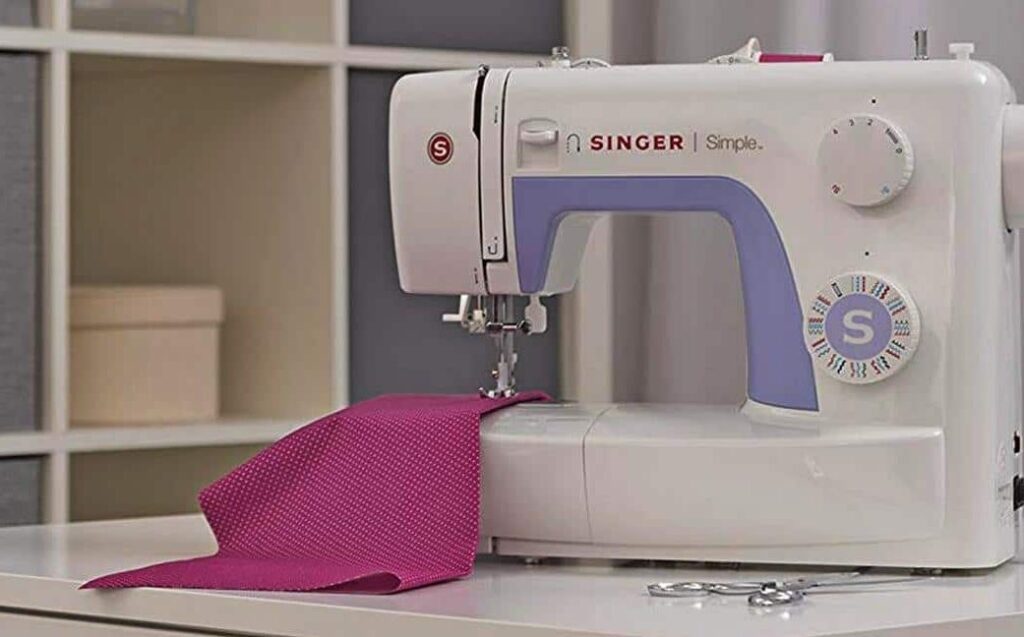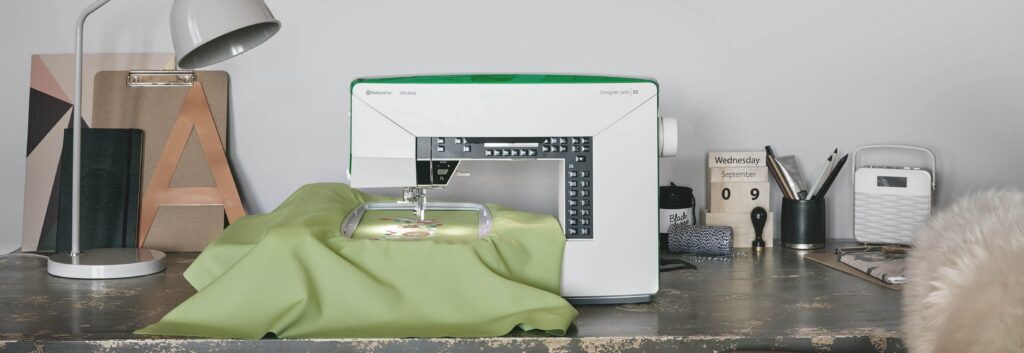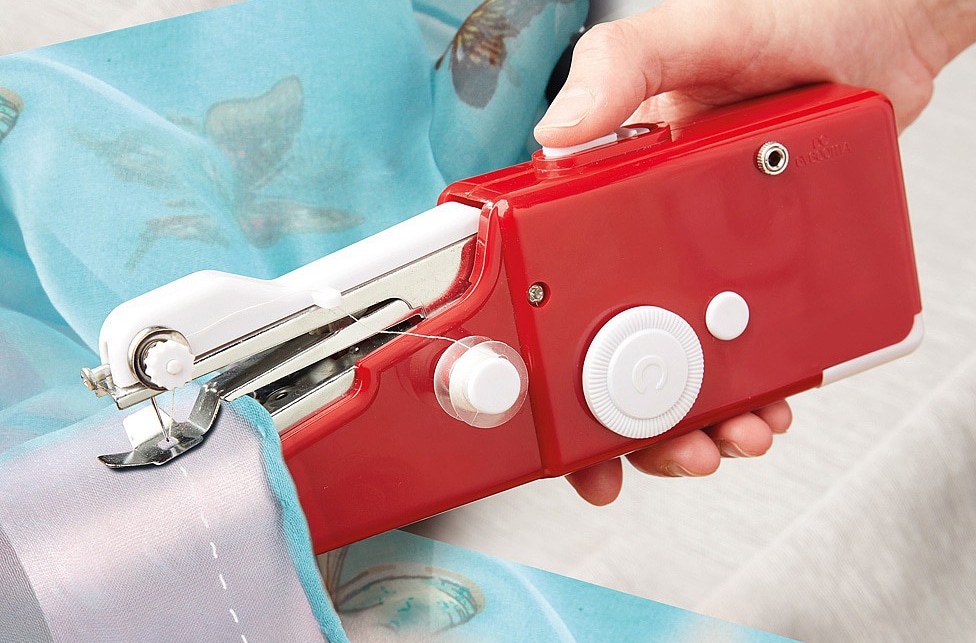It is fascinating just how many types of lace there are and their unique characteristics. There are even entire sections and museums dedicated to lace, and no wonder. The open and delicate design of lace fabric has captured the imagination of people for centuries. Even in the highest society, lace has been taken to symbolize both purity and depravity, decorum and impropriety.
Lace is an airy, delicate, highly embroidered, and usually expensive fabric. The history of lace is as illustrious as the fabric itself, back when it was made by hand as knit lace or bobbin lace. Today, the rise of machines has given us much more variety and made lace more affordable.
Depending on how it is made, its design, and usage, lace can be categorized into different varieties. Learning about lace, how to use it, and how to combine it with other fabrics, and how to decorate with it all starts with knowing the different types of lace and how to recognize it.
Perhaps, you can even learn to make or design with it at home if you have an advanced sewer with one of these sewing machines.
Many designs and lacemaking techniques have emerged from all over the world, of which the following are the most common.
Machine lace is a form of needle lace formed through a complex interaction of threads. These are woven by a complicated combination of needles with twisting and crossing motions.
Some machine laces imitate hand-made ones closely, but there are some differences you can use to tell them apart.
Machine made lace is affordable and usually sold by the yard, which makes it the perfect fabric for use in your projects such as dressmaking, costume design, for baby clothes, and more. One such example of fine machine lace is this Ben Textiles Giselle stretch floral lace – it is 60” wide and made with a very smooth, delicate, but dense floral pattern.
Also called Irish crocheted lace, this lace was first meant to be an imitation of the more delicate Venetian lace. I is generally made by hand even today by crocheting. Crocheted lace is made of fine cotton thread and can feature a wide range of patterns, but it has no net and instead relies on its heavy patterning for substance.
Knit lace is exactly what it sounds like – a type of hand-made lace formed using a clearly defined set of stitches to create beautiful and often complex patterns. There are three types of knit lace: Shetland, Estonian, and Orenburg lace. In general, knitted lace has holes or yarnovers with corresponding decreases on every row.
Bobbin lace is one of the original lacemaking techniques used to create fine lace by hand. The technique makes use of thread wound around bobbins for easier management. These bone, ivory, or wooden bobbins are moved around to create braid and twisting patterns, which are held in place using pins stuck on a bobbin pillow.
Creating lace with bobbins is very patient work, but the result is easily identifiable by its magnificent clarity and detailing.
Knotted lace, macrame, or tatted lace all refers to a type of lace which is created by using various forms of knots. One of the most famous groups of knotted lace is Armenian needle lace, which is formed by creating small loops of thread onto which the knots are tied.
Cutwork embroidery is done on fabric with spaces and holes cut into it. It follows that cutwork lace is formed by deliberately cutting out small holes and spaces from the lace material, which are then edged with buttonhole stitches and other decorative designs.
Although it is not strictly considered to be a form of lace, broderie anglaise is a form of embroidered fabric with lots of eyelets very much like cutwork lace.
Tape lace is made by folding either machine-woven or bobbin tape into a particular design, then embellishing it with connecting lace and embroidery stitching. In America, it is also known as Honiton lace after a popular brand of machine-made tape, while in China it’s known as Batten or Battenburg lace.
Tape lace finds use mainly in borders and centerpieces of veils, dress collars, table cloths, parasols, handkerchiefs, napkins, among others.
As the name suggests, needle lace is made with a needle and a continuous thread woven into tight patterns. The buttonhole stitch is almost always used to create needlepoint lace.
Special needlepoint lace such as Reticella lace uses a grid of threads as a base onto which more lines are strung and thickened with buttonhole stitching. Another very popular form of needlepoint lace is Alençon lace, which uses a sheer tulle background instead. Others are Argentan fine lace, Brussels needlepoint lace, and Aemilia Ars needlepoint lace.
This is a type of machine-made lace where a soluble fabric is used as backing to create the lace patterns, then dissolved away to leave the free-standing lace. It is also called imitation lace or Schiffli lace.
Apart from the lacemaking techniques used, lace is more generally categorized by its design patterns and other unique characteristics. These, in turn, affect how it is used in making clothes.
Chantilly lace is a very fine, delicate, and highly detailed type of lace outlined in a thick untwisted cordennet strand. The cordennet is not embroidered onto the lace, but rather part of it. This gives it extraordinary smoothness, and it’s commonly used in wedding dresses and lingerie.
Chantilly lace is named after the town of Chantilly in France, where it’s still traditionally made by hand using bobbins. The most exciting forms of Chantilly lace come in pure black with scalloped edges (usually in lingerie), although other colors are also available.
Named after the town of Alençon in France, this type of lace is made by outlining details using lustrous silk cording (cordennet). It is also called French embroidered lace and can be embellished with beads, gold or silver thread. Authentic Alençon lace is 36” (90cm) wide, which machine-made imitations are 60” (152cm) wide.
Embroidered lace is so named because it is made using fine embroidery on a mesh or net background. This gives it a unique texture, like an applique. It is also commonly known as allover lace and can be incredibly fine and soft in texture. It is also more affordable.
The word guipure means “without any mesh.” Thus, this type of lace is held together by its own plaits rather than a mesh or net. It is highly textured due to its tight-stitched patterns, and usually thicker and heavier. In fact, some handmade Venetian lace is made from wool.
This is one of the original forms of lace made on the loom using pure cotton thread with large pattern repeats and usually scalloped edges. As the name suggests, it was originally done in the town of Lyon in France on intricate looms. Lyon lace is now disappearing because of just how difficult it is to make, and thus expensive.
Appliques are small separate pieces of decorative fabric that can be attached to a larger garment, and so is lace applique. These individual motifs can be made of cotton or nylon and have beads or bugles for extra embellishment. You can apply lace applique very easily with a sewing machine for beginners, which makes it one of the best for those wetting their toes in working with lace.
Using lace to decorate your home is not necessarily an antique style. It has definitely made a modern comeback Trusted Source Lace Takes a Modern Turn in Interiors - WSJ Designers are rediscovering the delicate, historic textile. Here’s why you should, too. www.wsj.com in lamp shades, window treatments, doilies, wall hangings, and even on floors.
Whether you use it in wallpapers, chairs, rugs, or pillow covers, lace has now outlived its Victorian roots when it comes to interior design. With a bit of imagination and lots of beautiful and affordable lace, you can transform any interior space into an inviting and cozy room.
Of course, you can also have lace on your upholstery and cushions. Lace can be used to dress up almost anything and add that elegant, lacey look.
Decorating with lace is a huge undertaking in itself, one that requires an advanced sewing machine to fit the job. This Brother Sewing and Quilting machine comes highly recommended for that with features like 60 built-in stitches, 7 different styles of buttonhole stitches, and perfect speed control.
Lace has always been an intriguing fabric. Using it in a dress or decorative fabrics has huge payoffs, but it is not easy. The sheer and delicate character of lace means that a lot of care and expertise needs to go into it.
Luckily, we don’t have to stick with needles and threads anymore. With a good sewing machine, anybody can learn to embrace this interesting material. We have a special post on how to choose a sewing machine if you need an extra hand to pick the right one.
One more thing: as we mentioned, lace can be racy or elegant depending entirely on the wearer. Just as it is sheer and light, so does it reveal the true image of the wearer beneath. Use lace with this in mind, and it can be utterly powerful and transformative.





